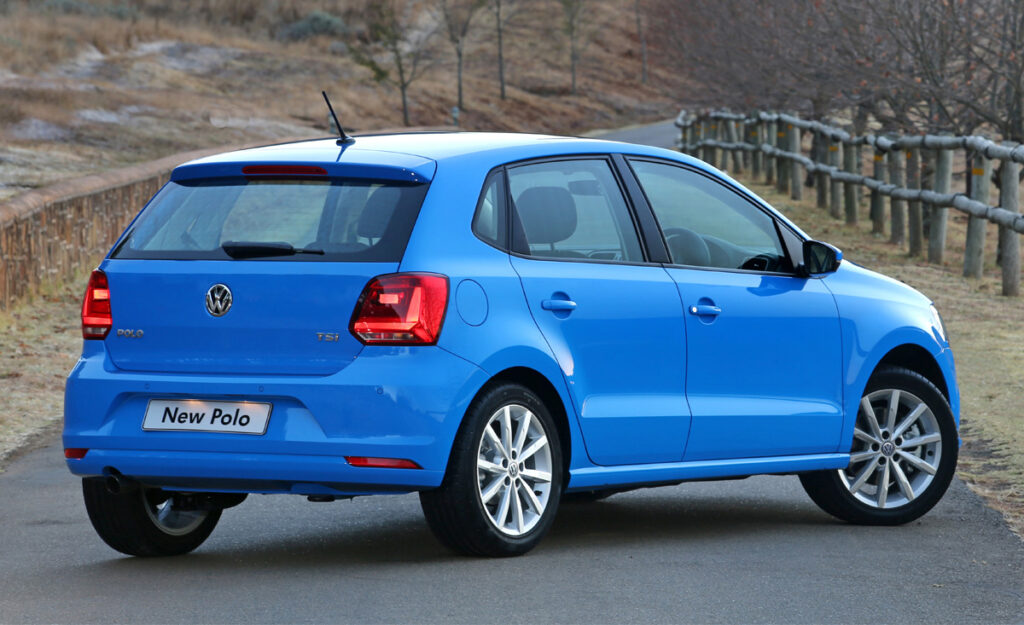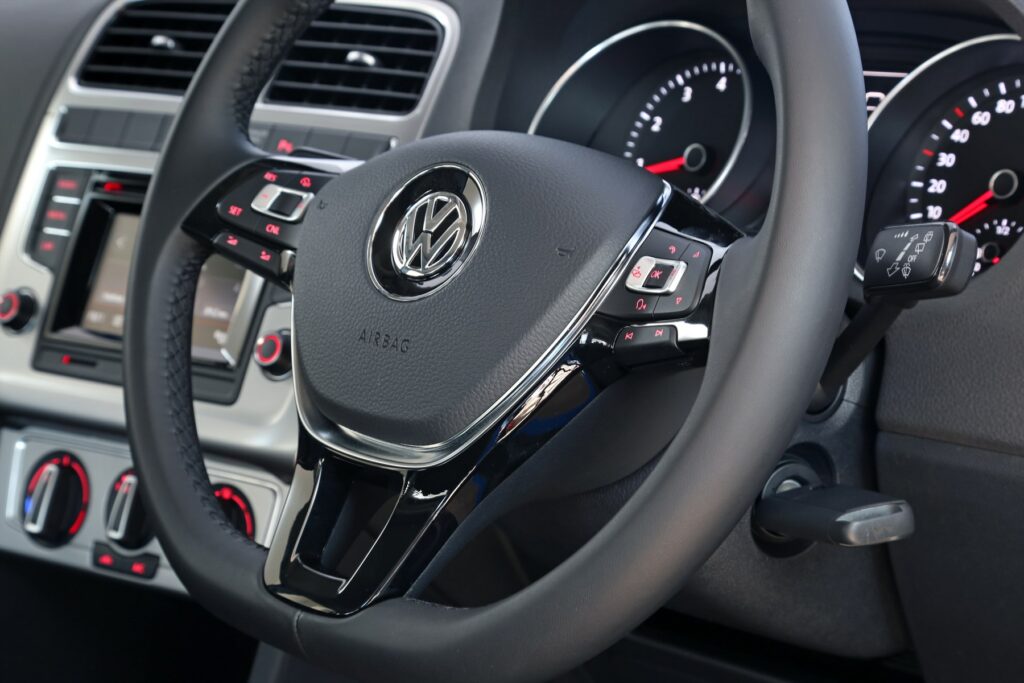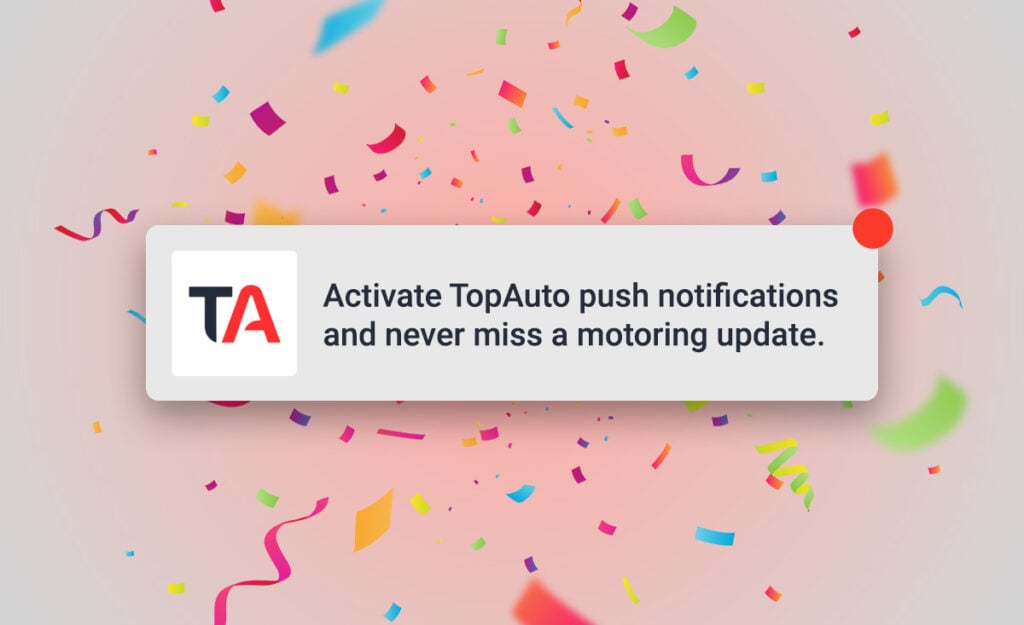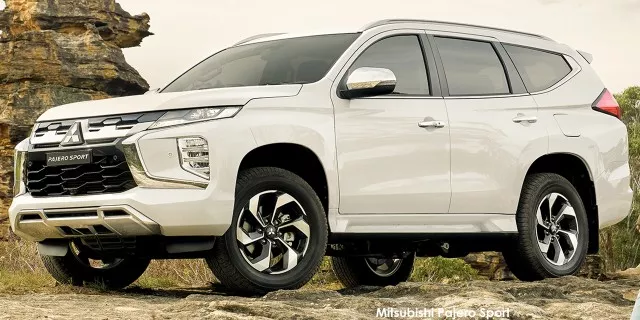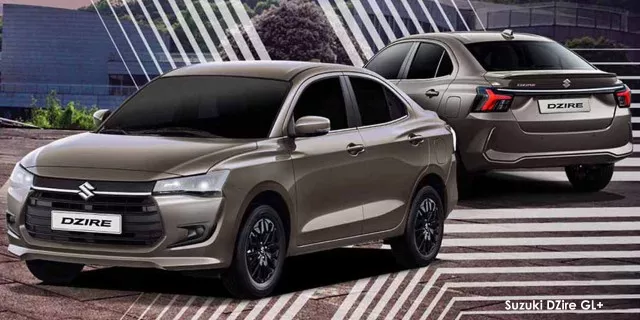
TopAuto reader Edward bought his VW Polo 1.2 TSI brand new in January 2015 and the vehicle has never missed a service in its 120,000km on the road.
However, the hatch’s track record hasn’t been squeaky clean, and after 100,000km, it started exhibiting a few irritants that weren’t critical to passenger safety, but nonetheless made living with the Polo a bit less pleasurable.
As such, Edward recently took his ride to the nearest VW dealership to see what it will cost to fix these issues.
He didn’t expect anything major considering the car has been well looked after but was surprised to find out the substantial price of getting the Polo in tip-top shape once more.
Edward kindly shared the issues identified and the official VW quote with TopAuto in an effort to give future buyers a good gauge of the long-term cost of ownership.
Small problems, big bills
Soon after ticking past the 100,000km mark, Edward noticed that the boot of his Polo did not want to open anymore if he pressed the button inside the cabin and that it only budged if he used the key.
Strapped for cash at the time and the fact that the boot was still somewhat accessible, he decided to let it be for a while longer and save up for repairs.
About 12,000km later, the car’s wipers started acting up, first not wanting to stop at all, and a few weeks later, not wanting to start at all.
This is a serious safety concern and when taking the Polo for its next service, Edward made the choice to also get these smaller niggles ironed out.
After a day at the VW dealer, he was informed that on top of the problems he brought his car in for, there were other parts that were nearing the end of their lifespan that would be better to be replaced.
Apart from the repairs done during the routine service, other issues identified included:
- Worn tyres
- Worn cambelt
- Boot lock button broken
- Windscreen wiper switch broken
- Left front suspension bushes worn
VW performed the service and thereafter delivered another invoice that would take care of the above-mentioned complications.
This second one was the real kicker, as it came out to a grand total of R36,742.30.
The most substantial item on the list was a set of four 15-inch Dunlop tyres to the tune of R4,040, with the rest of the quote made up of 37 line items with prices stretching from as little as R24.20 for a screw, up to R3,062.50 for a “toothed belt” removal and reinstallation.
As not many people are able to bankroll this considerable sum at a moment’s notice, Edward chose to seek estimates from other reputable workshops.
He visited the nearest franchise mechanic which, after assessing the official VW quote, asked R21,492.04 to do the same job.
Notably, this did not include the price of new tyres but did include a R200 surcharge for fuel. As such, the most expensive item on the second offer was a shock absorber to the value of R2,815.22.
Other out-of-warranty maintenance
Other maintenance that Edward had to fund himself in the past four years after the warranty expired in January 2019, when the Polo’s odometer stood at 60,000km, included:
- Minor service and cigarette lighter repair – R3,143.99
- Minor service and wheel balancing – R4,933.20
- Major service – R6,144.42
- Major service and wheel balancing – R6,387.00
- Water pump and camshaft seal replacement – R7,917.29
Including the above VW invoice, this would have brought the total out-of-warranty repair bill for the 2015 Polo up to R65,268 – equating to just over R9,300 per year, or R777 per month.
With the third-party quote, the out-of-warranty repair bill comes to R50,018 – resulting in a slightly lower R7,145 per year, or R595 per month.
Edward has now made the decision to fix his Polo at the third party one problem at a time in order to make the repayments more palatable.
While it’s not unheard of for cars of any brand and segment to have pricey repairs after many years on the road, many motorists like this owner rarely have the spare funds available to cater for such unplanned maintenance at will.
Therefore, it is widely recommended to have an emergency account into which you regularly deposit money to prepare for rainy days and sizeable bills.
